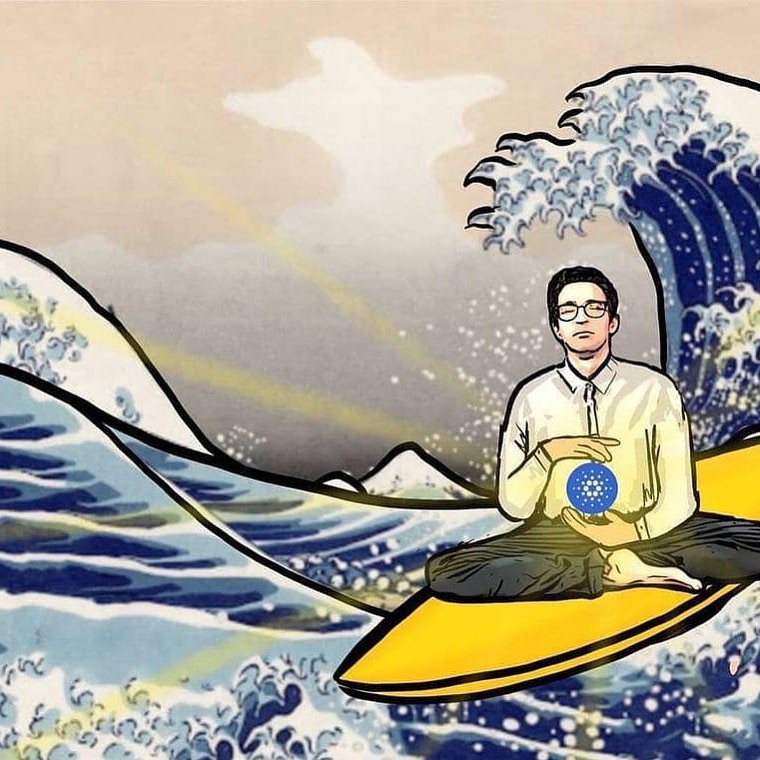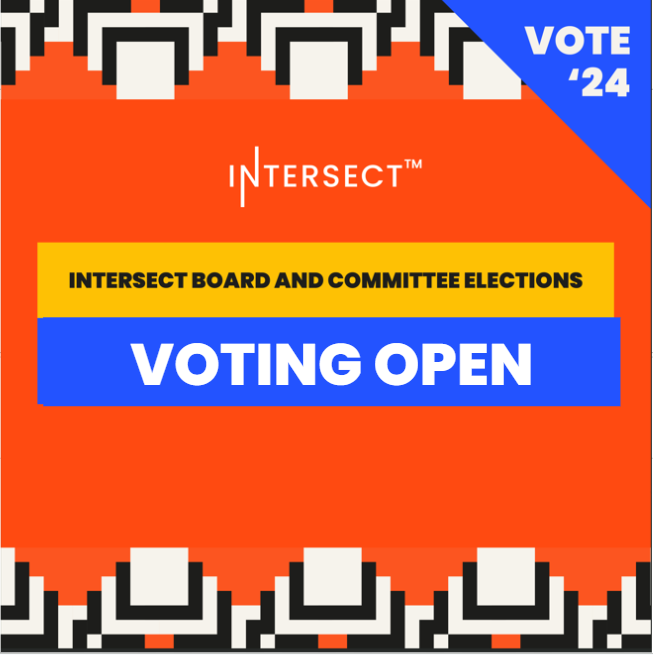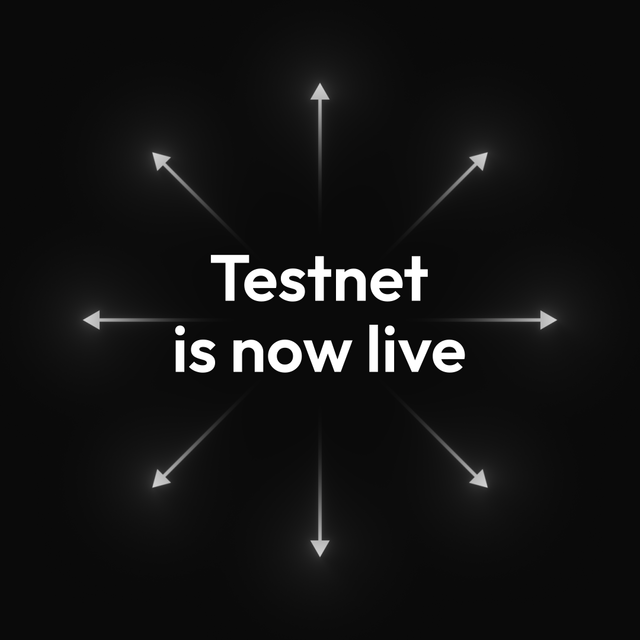Cardano needs users, not speculators
Some ADA coin holders are waiting to see when their coins will increase in value. They're speculators. The value of ADA coins can rise for two reasons. Either the number of new speculators will increase or the number of...

Some ADA coin holders are waiting to see when their coins will increase in value. They're speculators. The value of ADA coins can rise for two reasons. Either the number of new speculators will increase or the number of new users will increase. An individual can be both a speculator and a user. The growth or decline of members in these groups will affect the market capitalization of Cardano. For long-term success, all blockchain networks need the user group to grow. Although speculators can provide market cap growth, it may only be temporary. A strong network effect will be a permanent guarantee of success and will also positively affect market capitalization.
TLDR
- Market capitalization tells us about the number of speculators, not the number of real users.
- Only a high number of users can ensure the long-term success of networks.
- High volatility and regularly increasing coin values are useful for speculators, not for users.
- The security budget cannot be filled by faith and narrative, only by transaction fees.
- It is not worth speculating on a project with low utility in the long run.
There are more speculators than users
The market capitalization of today's largest blockchain projects is backed by capital from investors, which in the context of the article fits into the category of speculators. They try to buy the coins of projects cheaply in order to sell them later for more. Most institutional investors do not use blockchain networks. Often, they even invest in cryptocurrencies through third parties that provide custody services for them. The market capitalization of projects may grow over time, but this says nothing about the number of users of the network. Do investors care about how many transactions the networks process per day or what people use the networks for? Investors are betting on the future, but they may often not know how to define it properly themselves and what metrics to track.
One thing is certain, however. The more new speculators are attracted by the growth in market capitalization, the happier the earlier investors are because new buyers have been found. It works the other way around too. If institutional investors decide to sell off a larger share of coins (because they have made a profit), other younger speculators may perceive this negatively and sell their coins as well. The resulting effect is that the market capitalization of all blockchains is highly volatile.
A paradoxical situation may arise that a particular blockchain network may grow in the number of users over the long term and yet its market capitalization will decline. The explanation may be simple. Large-cap speculators may just be waiting for the value of coins to rise without considering the long-term potential of the project. Their perception is that if the value is rising, everything is fundamentally right. If it falls, it is wrong and leads to selling the coins. They might not have sold coins if they were able to track positive trends related to user interest in using the network.
Only a high number of users can ensure the long-term success of networks. As the network effect grows, this must inevitably sooner or later be reflected in market capitalization growth. All Internet companies benefit from the network effect phenomenon. Once the number of users passes a certain threshold, the financial and social value of the network will also grow, which must be reflected in the market capitalization. The reality is that no blockchain network has a sufficient number of users but a superabundance of speculators. This is fine as we are still in the early stages of blockchain technology adoption.
It is good to understand where the current market capitalization of blockchain projects comes from and whether it is sustainable in the long term. Utility always beats speculation when it comes to the sustainability and stability of a high market capitalization. So the question for all communities is how to attract more users.
The mission of the Cardano project is focused on users, not speculators. The IOG team is building Cardano in such a way that it is well-secured, highly decentralized, reliable, and simultaneously scalable. The focus on users is obvious. Adoption activity in developing countries makes sense, but don't expect success to come too quickly. Cryptocurrency adoption will take years, perhaps decades, certainly not months.
The utility must not be associated with volatility
One of the false narratives is that high volatility and regularly increasing coin values are useful to users. Yes, this is useful for a group of speculators, not for the vast majority of ordinary people, especially from developing countries. The utility cannot be built on speculation alone, as speculation on value growth hinders everyday use. It's as simple as that. If you are holding coins and waiting for them to increase in value, you are probably not going to be very willing to sell them early or pay for services with them. First-generation cryptocurrency fans naively think they can combine volatility with utility, but they forget that many people see this as speculation. In other words, we must not confuse the words utility and speculation.
Don't take us wrong. It is easy to fall for the belief in endless value growth if you look into the past and imagine that something similar could happen in the future. It might, but it might not. If you don't know and live in uncertainty, you will inevitably deprive yourself of the opportunity to use the coins. Basically, you will just wait, your nervousness will grow in a bear market, and to strengthen your project's position, you will start slandering others. This is typical of the cryptocurrency space but completely unnecessary in terms of the utility of blockchain technology.
For any project, it is important to define pathways to higher adoption and follow them. It must be acknowledged that the outcome is uncertain and many projects may fail. However, this does not mean that some will succeed and their success will be compounded by the failure of renegades.
First and foremost, we need to separate utility from volatility and build services that are insulated from the speculative nature of native coins. Stablecoins, decentralized identity, some DeFi services, and tokenization are ways for Cardano to offer useful services to users that don't require holding large numbers of ADA coins. The utility of Cardano will grow as it is gradually integrated with current systems and as large corporations or even governments adopt it.
We can observe several camps in the cryptocurrency space. Some argue that the only utility of blockchain technology is speculation and that people will pay with volatile coins once all fiat currencies collapse. Others say that blockchain has the potential to disrupt perhaps all current industries and it's only a matter of time. You can think for yourself about which camp you fall into.
It doesn't matter which camp you root for more. The important thing to remember is that the existence of any network, be it, Cardano, Bitcoin, or Ethereum, will in the long run depend mainly on the number of users. Speculators will be less important. Why? Because networks need to be profitable to earn their existence and mere speculation will not help.
Only utility is profitable in the long run
No network receives fees from speculators for holding coins. Transaction fees are only associated with the direct use of coins and tokens. If the network does not scale well, is slow and the fees are expensive, users will not be willing to use the network. Transaction fees may not be sufficient to cover the costs of network security. The network may run into serious existential problems that will be difficult to solve. If, on the other hand, the network scales well, is fast, transaction fees are low, and the project offers additional utility beyond the transaction network, there is a good chance it will survive. Not only will a large amount of money be raised in fees, but the value of native coins will also grow due to the large network effect.
Of course, if you want to speculate with coins, you have to make an on-chain transaction and pay for it. The important thing is how many people will be willing to pay and how much. That's hard to predict. The blockchain industry is a highly competitive environment. I can't imagine that people will speculate on a project that is significantly worse than others from a utility perspective. Worse utility means the project will have a low network effect. Even though a project with worse utility may have a higher market capitalization, in the long run, capital will spill over into projects with higher utility. The reason is quite simple. A high network effect can push market capitalization up and stabilize it. From a speculator's perspective, this is a safer bet than when the value of a project is based on speculation alone.
The security budget cannot be filled by faith and speculation, but only by transaction fees. This will apply to Cardano just as much as it does to Bitcoin. The first layer of Bitcoin is very little used today in the context of a large number of speculators. The network clearly lacks users. Those who want to send coins regularly switch in bulk to the Lightning Network. Perhaps Bitcoin is suited for opening and closing channels. Is this sufficient in terms of utility, or will another technological solution emerge in time that dispenses with on-chain transactions? It's fair to be skeptical. Cardano is on a very similar path. Speculators outnumber users. In Cardano's case, however, there is a much better chance of changing the status quo, as the team and the community are not afraid to develop new technologies and think about the future. Adoption is hard at work, despite the fact that it's not so visible from the outside.
People want to see the success in Africa and the growth in users translate immediately into the value of ADA coins. When that doesn't happen, they are disappointed and see it as a failure. A project doesn't need to immediately grow in market capitalization to grow in utility. Markets are not fair in the short term and tend to stick with the status quo. False narratives beat reality. Speculators have great power to influence market sentiment. But in the long run, markets behave rationally and reward success. It is important to be patient, to perceive reality, and not to succumb to narratives.
The success of any company in the world is not built on speculation. Blockchain is not a company, but at the same time, it cannot be seen as money. Nor does money exist in a vacuum. A Blockchain network is a new kind of technology that brings multiple aspects together. That is why it is so unique and at the same time hard to grasp. However, the basic financial and social principles will also apply to blockchain. Success must have a real justification and only utility can ensure profitability.
Conclusion
Speculation is about betting on the right horse. People want to succeed and are willing to bet their money on it. That's the current world of cryptocurrencies. But that's not what Satoshi envisioned. Bitcoin was primarily meant to be useful in the context of a transaction network, not in the context of speculating on value growth. People still believe that high inflation will open the door to new cryptocurrency users. That's not happening yet. Users come when the value of coins goes up, not when they go down. Unfortunately, that's the reality. Blockchain technology needs to attract new users for utility. That is the mission of the Cardano project. This mission is significantly more complex than Bitcoin's mission. Bitcoin is a speculative asset and tends to attract new speculators. In a way, it has succeeded. Cardano needs more users in the first place because its success is directly tied to its ability to be useful. Let's give Cardano the time it needs. If you want help, the ecosystem is open to everyone.
Delegate Your Voting Power to FEED DRep in Cardano Governance.
DRep ID: drep12ukt4ctzmtf6l5rj76cddgf3dvuy0lfz7uky08jfvgr9ugaapz4 | We are driven to register as a DRep by our deep dedication to the Cardano ecosystem and our aspiration to take an active role in its development, ensuring that its progress stays true to the principles of decentralization, security, and community empowerment.DELEGATE VOTING POWER!








